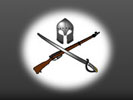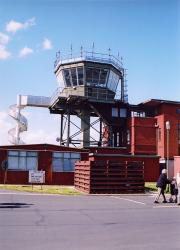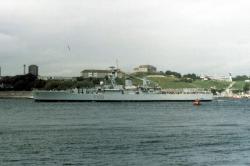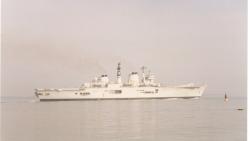Translate this Page
Kutna Hora
Battle Name : Kutna Hora
Date(s) : 21 December 1421 - 22 December 1421
Part of : Hussite Wars ,
Outcome : A victory for Hussites over Imperial Army [Sigismund's]
Type of battle : Land
Summary
The Hussites occupied the city of Kutna Hora [Konigratz] but came out to offer battle while still holding the city. Some of the citizens organized a coup which let in the 'crusaders'. In spite of the set back of losing their base the Hussites went on the offensive. They used their 'battle wagons' to great effect in a night attack on their numerically stronger opponents. Surprise, determination and superior technology won the day.
More details
Approximately 7000 Hussites under their leader Jan Zizka had entered the strategically important city of Kutna Hora on the 19th December 1421. In 1420 Sigismund, the Holy Roman Emperor, had been defeated at the Hill of Vitkov, outside Prague. In November 1421 he returned to Bohemia with a force of 20,000 men. He had enlisted the services of an experienced Italian warrior, Pippa of Ozara and had recruited a force of Hungarian cavalry with infantry support. The Crusaders established their position outside the city.
The Hussites although mainly inexperienced peasants had been trained in Jan Zizka's innovative methods and with revolutionary weaponry. The Hussites used specially built wagons which could be drawn in a circle and if necessary chained together [a wagenburg]. The wagons had loop holes through which handguns could be fired. With approximately one third of his force equiped with handguns capable of piercing the cross-bow resistant plate armour worn by the armoured knights the effect on the morale of attacking troops was considerable. The Hussites also had larger artillery pieces just as mobile as the wagon force which gave added teeth to the wagenburg.
Jan Zizka preferred to fight according to the training of his troops which meant the wagenburg rather than defend the city. He therefore took up a position between the city and the Crusaders where he formed the wagenburg. Many of the citizens of Kutna Hora were devout Catholics loyal to Sigismund who handed the city over to the Crusaders as soon a the Hussites had left. Zizka was now in the difficult position of being cut of from supplies in a bitterly cold central European winter.
Pipa of Ozara was preparing a seige of the wagenburg confidently expecting to force a Hussite surrender. After dark on the evening of the 21st December although they normally fought in a static formation Zizka organized his wagons into flying columns. At midnight the Hussite artillery pieces opened up on the unsuspecting Crusaders and, moving at their maximum speed, the Hussites wagons burst through the Crusader lines.
The following day the Hussites took up position on a nearby hill but the Crusaders were too demoralised to take any action. The Hussites moved off.
A few days later Pipa felt able to offer battle at a place called Habry but before the battle commenced his men turned tail and fled.
This effectively ended the second crusade against the Hussites.
The Hussites campaigned throughout central Europe in a series of extended incursions which they called 'spanile jizdy' [glorious rides]. They finally fell to internal divisions and civil war between rival factions. A Catholic compromise on doctrine was accepted by the dominant faction and Sigismund was recognized as king of Bohemia in 1436.
Their innovative battle plan was not widely adopted mainly because it could not stand up to the field artillery which was steadily becoming stronger and better organized. It came into its own again in the Boer laager and the wild west wagon trains as neither the Zulus nor the native Americans had artillery
Some gallery images :






